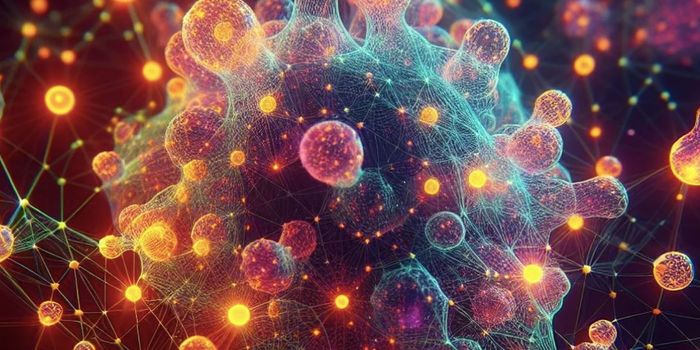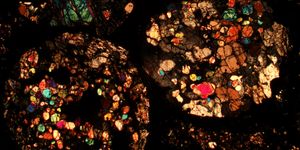Valentine's Day Flowers May Represent More than Love
Valentine’s Day represents a significant season in the floral industry. The Society of American Florists estimated 30% of all floral sales occur around Valentine’s Day, including about 250 million roses produced annually for the February holiday. With the smell of love in the air (or perhaps that’s the flowers), today is a great day to look into the potential benefits of flowers.
Feverdew
Feverdew (also called bachelor’s buttons or featherdew), native to western Asia and the Balkans but grown throughout the world, produces an aromatic fragrance. These flowers have fern-like foliage surrounded by white flowers with yellow centers. Feverdew has had a long history of medical applications, including for preventing and treating headaches. Further, a pre-clinical study published in 2019 suggests that feverdew could have some anti-cancer properties. Parthenolide, which can be extracted from feverdew, exhibits anti-leukemia activity. In its natural form, poor bioavailability limits the effectiveness of parthenolide, but a derivative extracted from the feverdew flower can kill chronic lymphocytic leukemia (CLL) cells. (More information on this study is available in a past Labroots article).
Madagascar Periwinkle
Cartharanthus roseus, more commonly known as Madagascar periwinkle or vinca, appear rosy pink or red with a purple center. A chemical called vinblastine can be extracted from the leaves of the Madagascar periwinkle flower and used as a chemotherapy drug to treat certain malignancies, including lymphoma and testicular cancer. Vinblastine prevents cancer cells from dividing and thus can stop cancer growth. Like parthenolide, vinblastine is expensive and difficult to obtain in sufficient amounts for cancer treatment. A 2018 study identified how the Madagascar periwinkle plant made vinblastine which may help produce the drug more efficiently. More recently, another study demonstrated a new, cost-effective method of producing vinblastine using yeast. (More information on this study is available in a past Labroots article).
Hibiscus
The hibiscus (Hibiscus rosa-sinensis) flower grows in various shades of red. Reports of hibiscus’s anti-cancer properties focus on the antioxidant effects of hibiscus extracts. A pre-clinical study demonstrated that hibiscus extracts induce selective apoptosis on triple-negative breast cancer cells. These findings mean hibiscus has the potential to target breast cancer cells while avoiding healthy surrounding cells, thus reducing anticipated side effects of cancer treatment. The Rosell (Hibiscus sabdariffa), another type of hibiscus plant, has also shown anti-cancer effects in the pre-clinical setting.
So, will flowers help prevent cancer?
Anecdotal and pre-clinical evidence suggests that flowers, and specific components extracted from them, have anti-cancer properties and effects. Still, no large-scale clinical trials have demonstrated the efficacy of flowers as a cancer treatment. Enjoy all the flowers you encounter today, even if your Valentine was unaware of their hidden potential to prevent cancer!
Sources: MedChemComm, Science, Nature, BMC Compl Med Ther, Biomed Pharmacother









